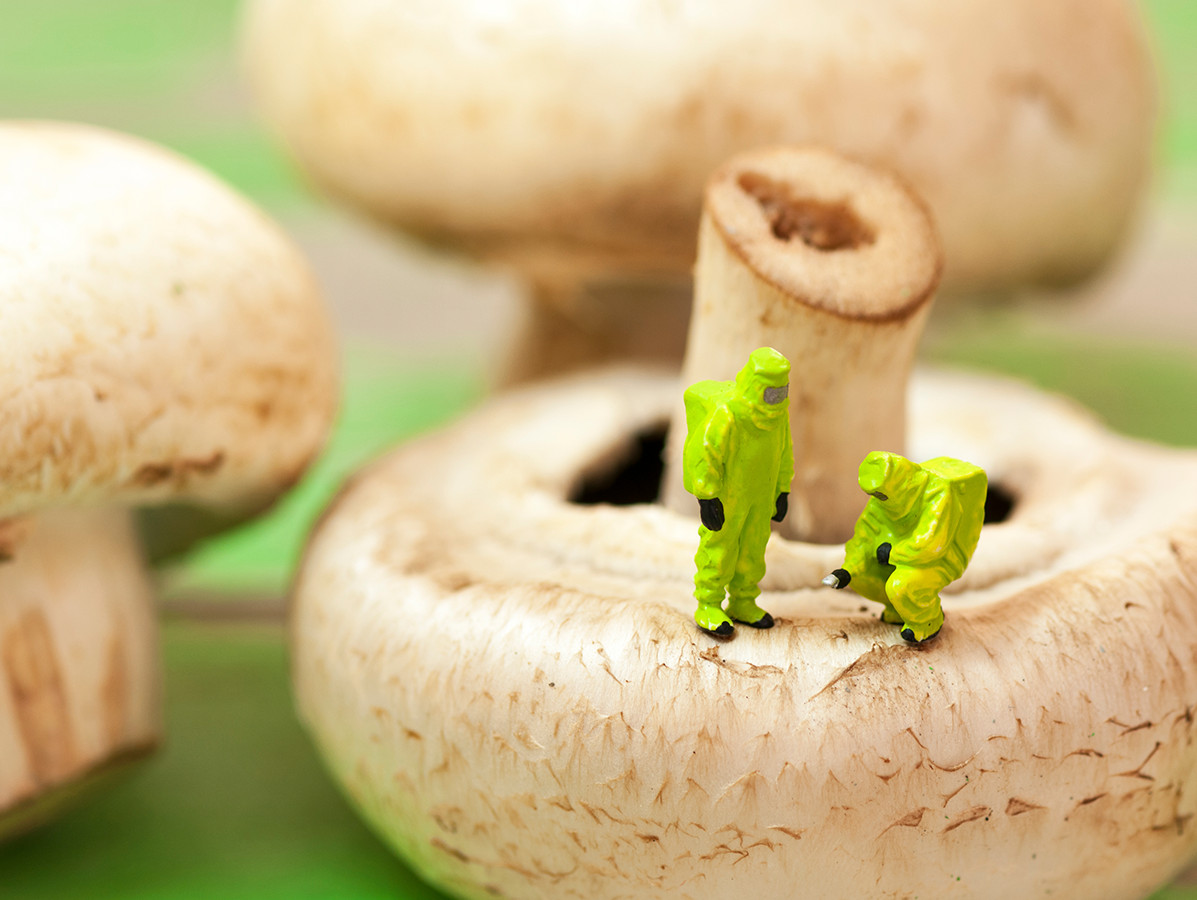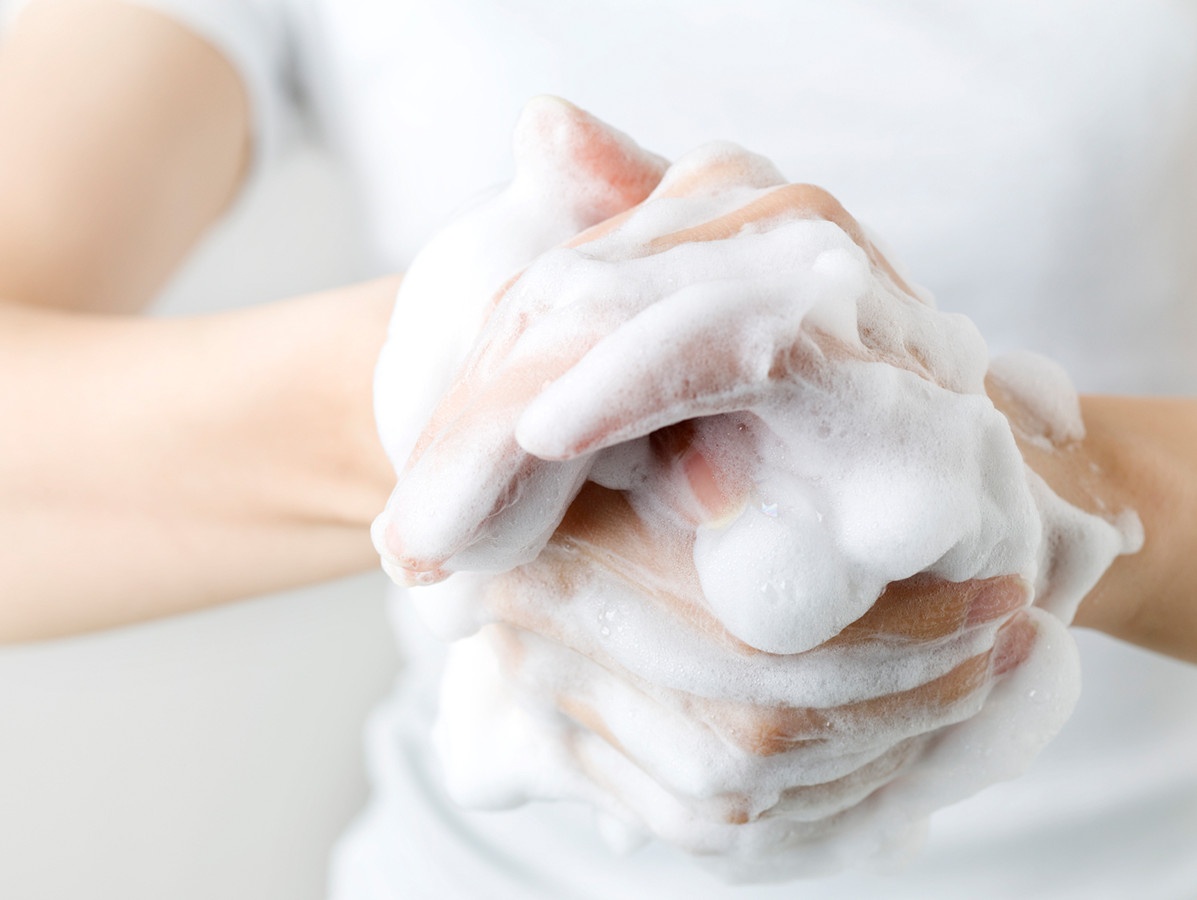
"Stay home," Rutte said on March 16th. Since then, many Dutch people have been doing their best. They work from home, have meetings with teams, log on to company networks and communicate via apps. Not every work is suitable for this, and crucial professions have to keep going. Care personnel, for example, and people working in the food industry. There is a lot of uncertainty, there are a lot of questions. What about food safety, for example?
It is crucial that all workers in the food production and supply chains remain healthy and are able to work safely. Why? Because it is also crucial that the food chain remains safe, intact and in motion. Food is essential, consumers must be able to rely on the availability of food and its safety. All stakeholders in the chain contribute to this. But they are also concerned. What about their own safety?
This article is a summary of a report published on 30 March by the BfR, the German Federal Institute for Risk Assessment, and translated by Metaflex. In addition, Mérieux Nutrisciences hosted a special COVID19 webinar at the beginning of April: 'what food operators need to know'. 700 participants, including 140 from the Netherlands, took part. Some of the questions raised during the webinar are answered in the facts below.
SARS-CoV-2, also known as COVID-19, is a respiratory disease. The primary transmission route is through personal contact and direct contact with respiratory drips that occur when an infected person coughs or sneezes. The pathogens on the hands can reach the mucous membranes of the mouth, nose or eyes via 'lubrication', where they lead to infection.
This depends on the temperature, humidity and condition of the surface, the specific strain of virus and the amount of virus. A maximum of 3 hours as an aerosol (dust particles or moisture droplets in the air, ed.), a maximum of 4 hours on copper surfaces, a maximum of 24 hours on cardboard and a maximum of 2-3 days on stainless steel and plastic.

Coronaviruses cannot multiply in food; they need an animal or human host to do so. To this date there is no evidence that viruses that cause respiratory diseases are transmitted through food or food packaging. According to current scientific knowledge, imported goods, such as food or utensils, are unlikely to be a source of contamination.
These viruses are insensitive to cold and can remain contagious at minus 20 degrees Celsius for 2 years when frozen. However, the viruses are sensitive to heat. The risk of infection can be reduced by heating food well before consuming it.
If the virus ends up on fresh food, such as baked goods, fruit or vegetables, through sneezing or coughing, it is in theory possible to spread the virus, the BfR reports. However, it is assumed in the Netherlands that spread via food is not possible. "Coronaviruses need an animal or human to 'stay alive' and to grow. That is not possible in food," according to the RIVM.
Can employees become infected with the new pathogen if it is present on the products? Since the new coronavirus is not very stable in the environment, transmission of pathogens via this route seems unlikely.
The coronavirus can get onto cutlery or dishes if an infected person sneezes or coughs directly on it. The virus can survive on these solid surfaces for some time.
For safety reasons, work clothing and other textiles are best washed at a temperature of at least 60 °C with a detergent - preferably a white laundry detergent - followed by thorough drying.
The disinfectants that can be used in the Netherlands can be found in the database of the Ctgb and the database of ECHA. Both databases can be found on the website of Ctgb.
Sources:
- German Federal Institute for Risk Assessment BfR 'Can the virulent Coronavirus be transmitted over food and beverages?'
- Mérieux Nutrisciences: COVID-webinar 'what food operators need to know'
- World Health Organization and Food and Agriculture Organization of the United Nations: 'COVID-19 and food safety: guidance for food business' dated 7 April 2020.
- Ctgb
- ECHA
Beeld: investigators: @iStock.com/Kirillm, washing hands: ©iStock.com/kokouu
Source: © Vakblad Voedingsindustrie 2020